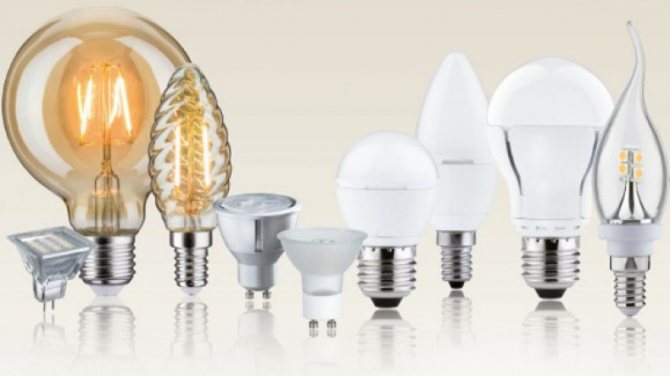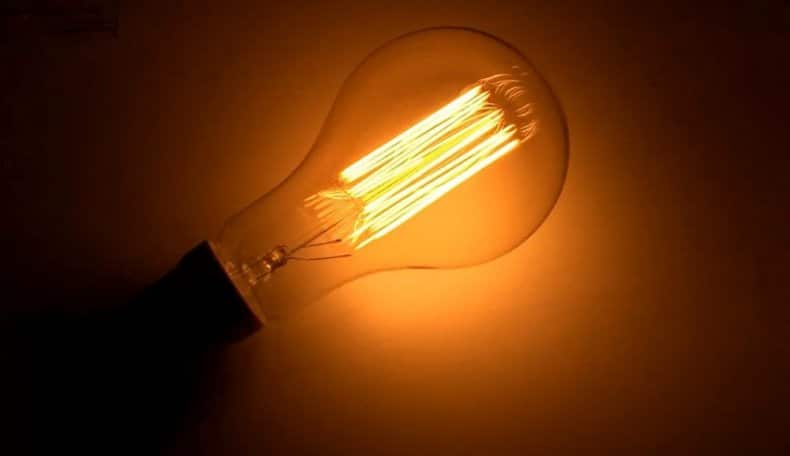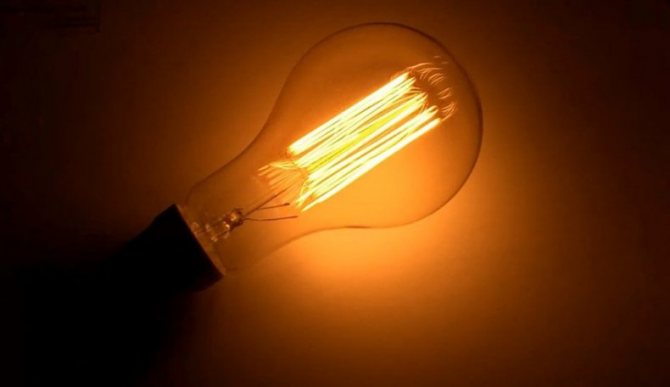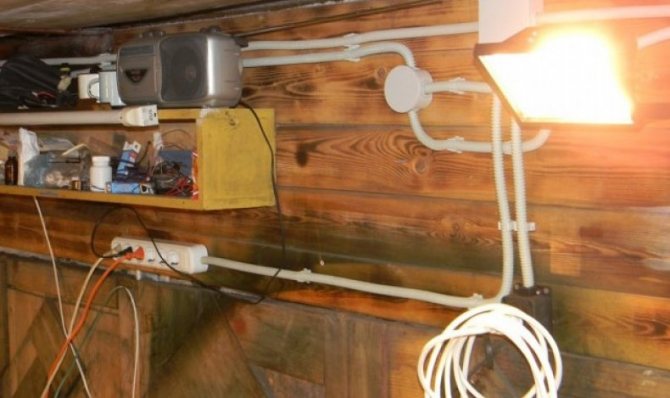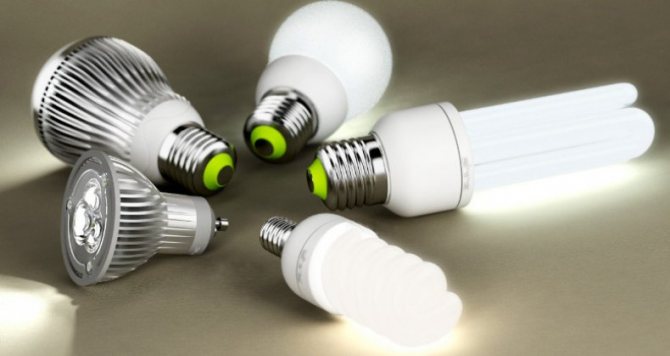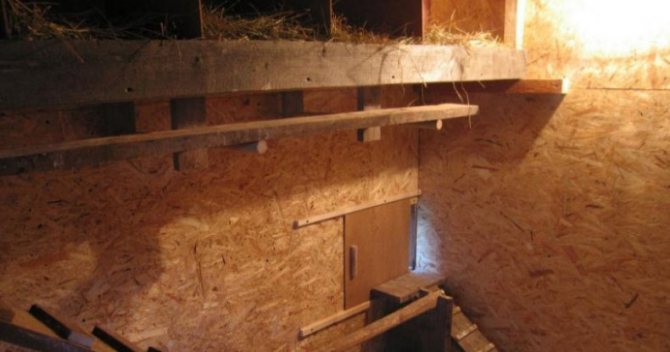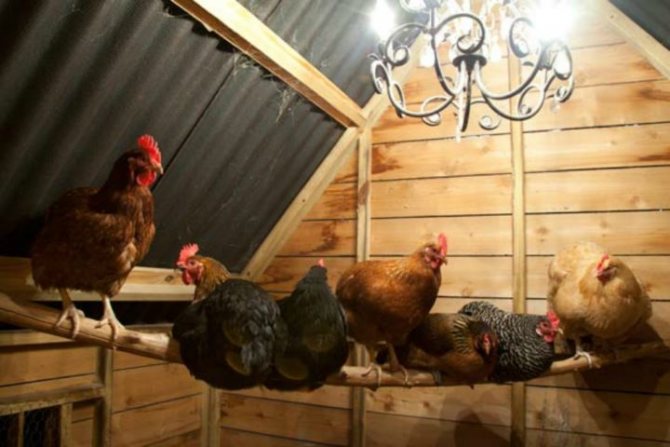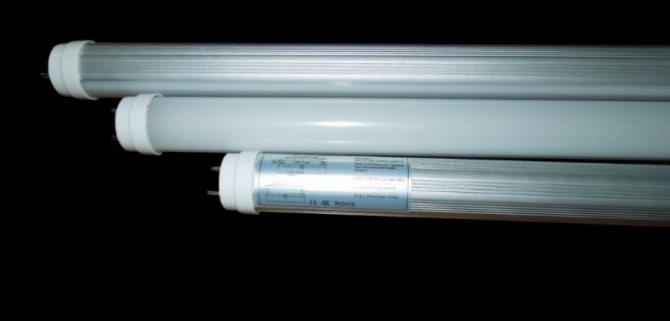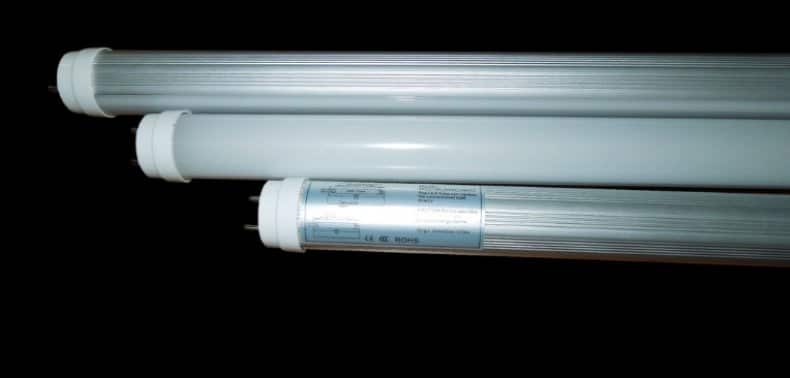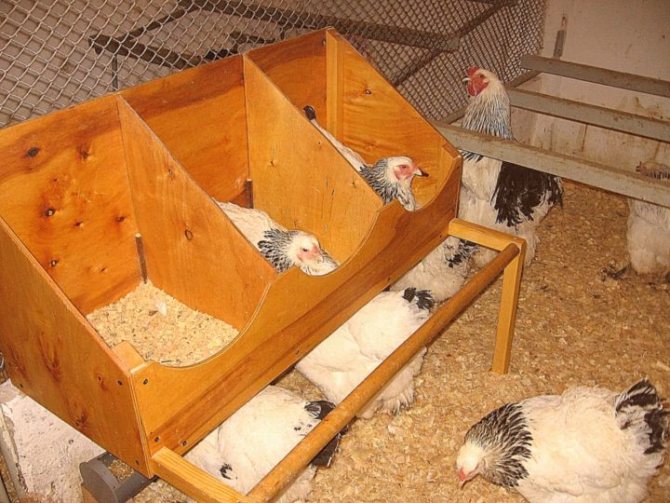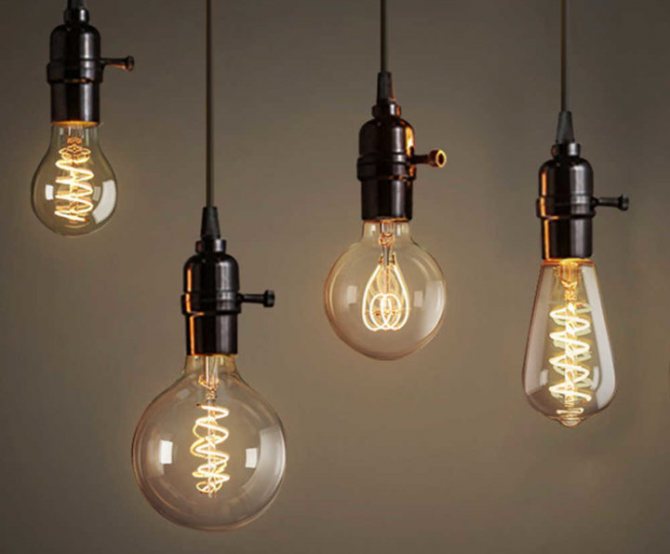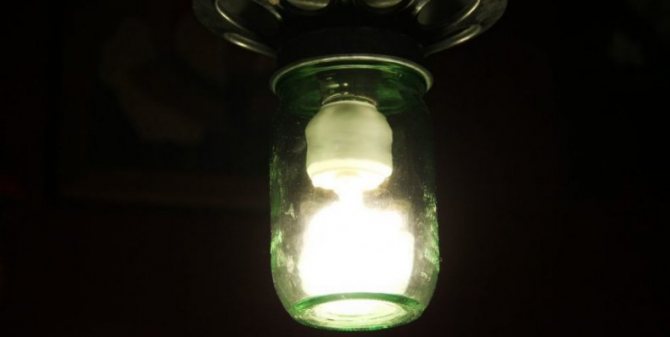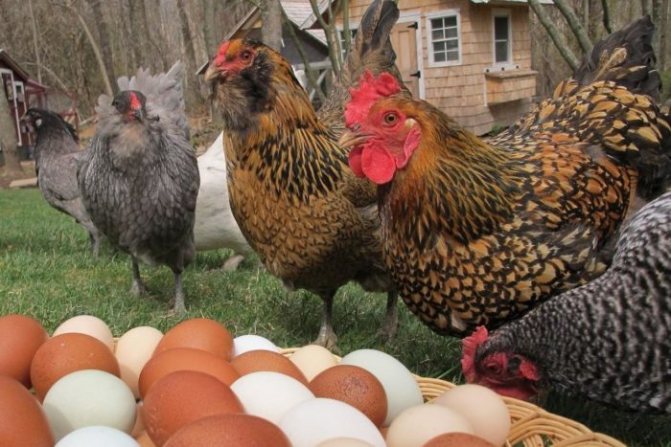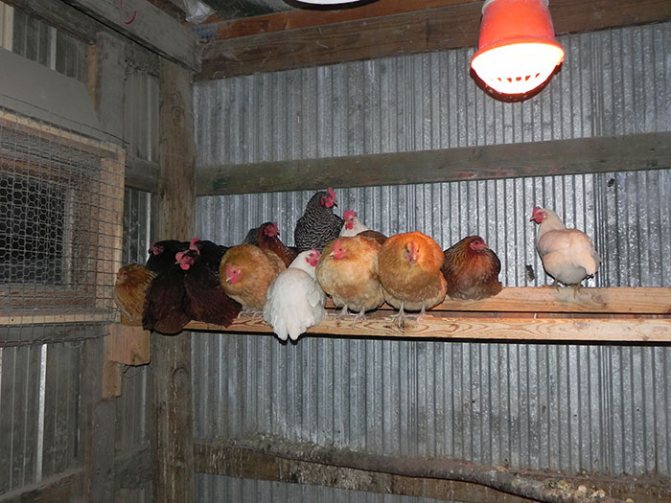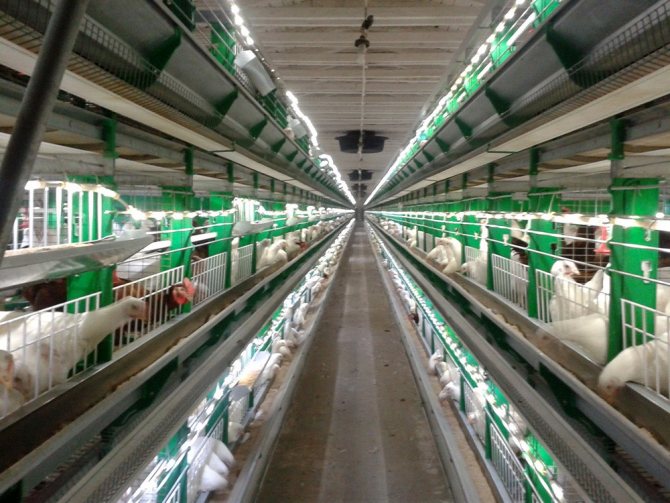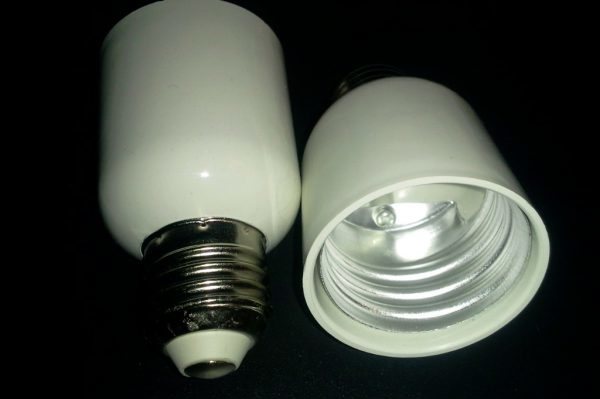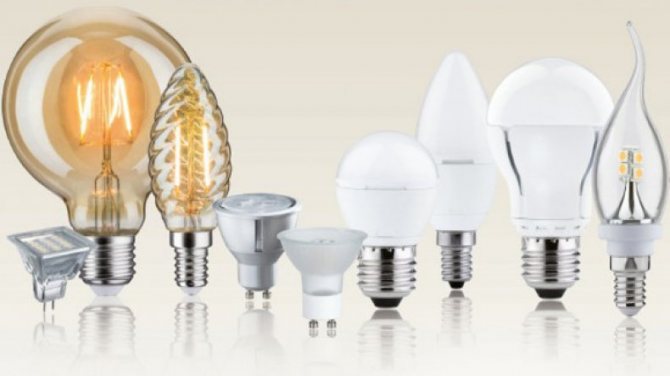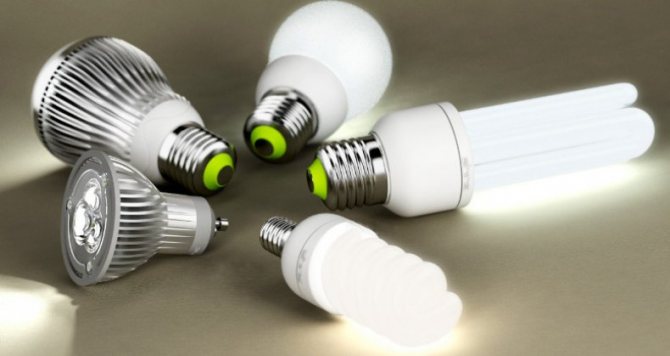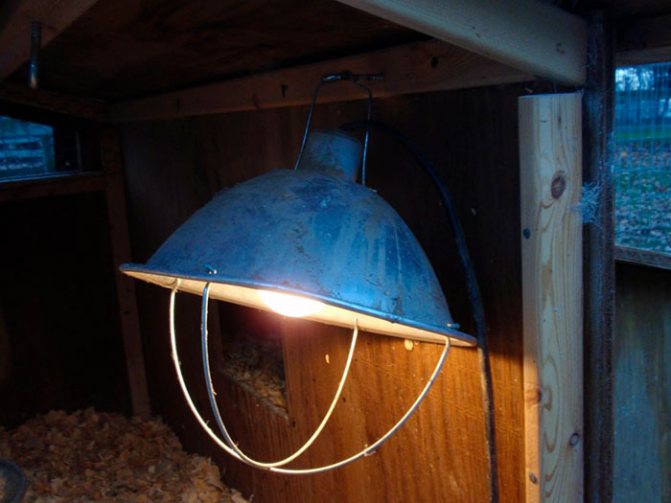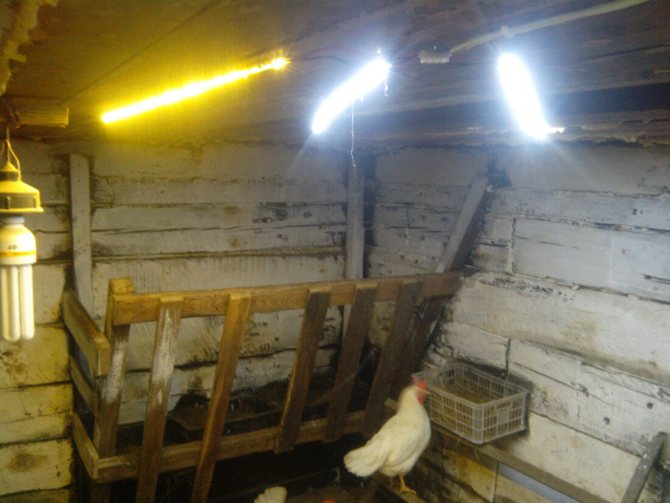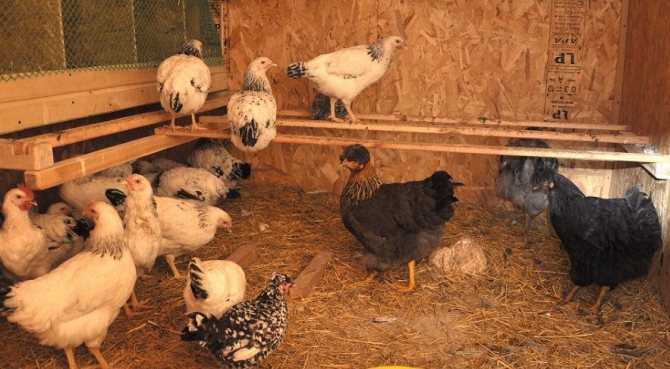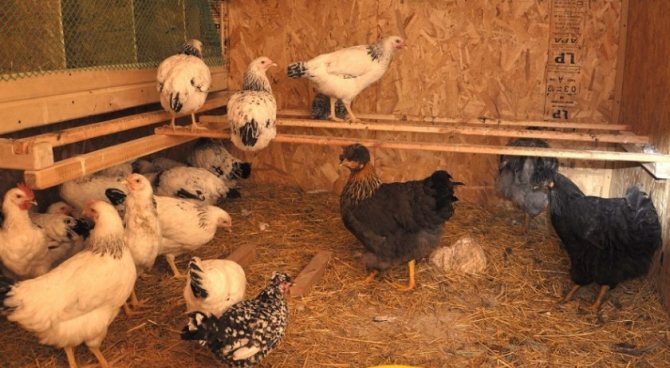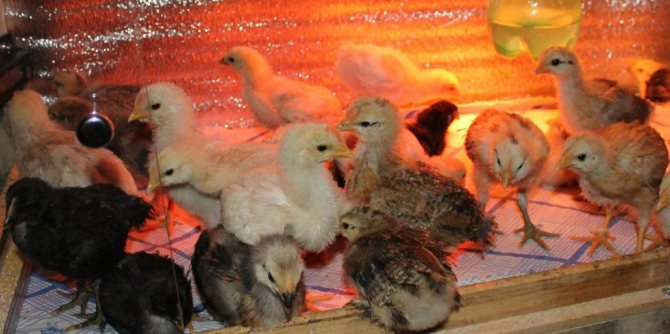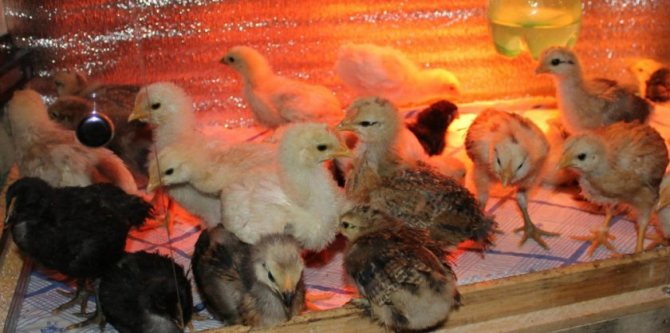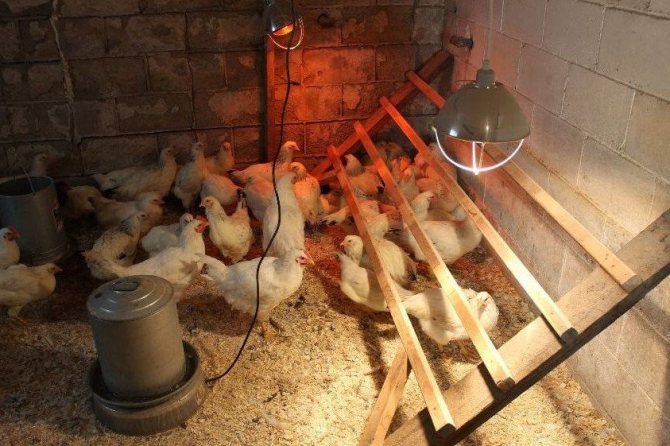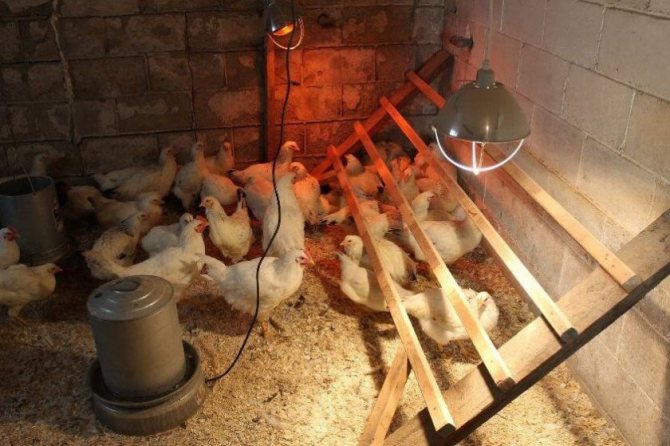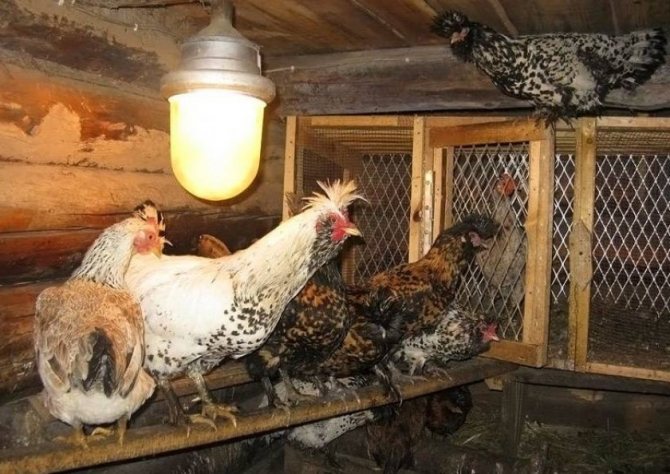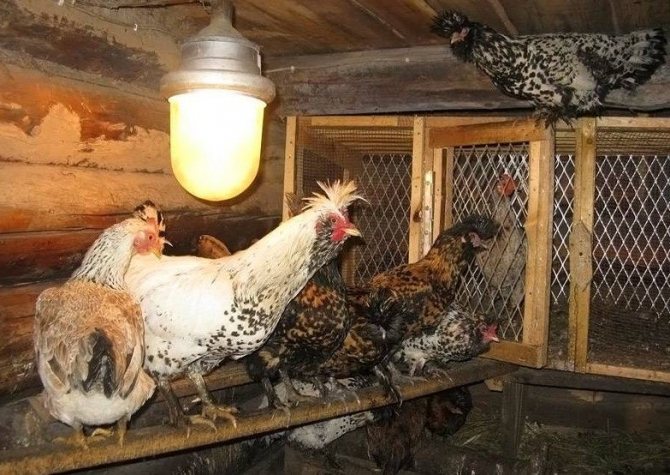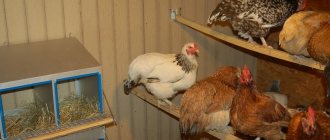Every winter, many domestic farmers, especially newcomers, have questions - is it necessary to add additional lighting for the birds in the chicken coop when the daylight hours are especially short? At the same time, followed by the second question - is it necessary to do additional heating of the chicken coop? Let's try to understand a little about these issues, weigh the pros and cons.
Discussions on specialized forums on the issue of additional winter lighting in a chicken coop are often violent, each farmer has his own experience and his own opinion. Therefore, we want to say right away that the final choice will be yours. Which decision to make will depend only on you.
The need for proper lighting
In poor lighting, chickens cannot see food. This issue is especially relevant for chicks and young birds: feeding is provided for them several times a day.
By varying the brightness of the light, you can achieve the following goals:
- help newly hatched chicks find food and water;
- perform various procedures with chickens with less stress for them... We are talking about trapping, vaccination, wing clipping, etc .;
- provoke an annual molt, reduce its time;
- increase egg production... For good productivity, daylight hours should be 14-16 hours;
- provide weight gain for broilers;
- increase the fertility of eggs.
What if the hen cannot lay an egg? Causes of Difficulty Laying and Ways to Help Poultry
To read
How do chickens of different breeds fly: at what age does egg-laying begin and how long does it last?
More details
Productivity of chickens. What factors affect egg production and what can be done to increase production?
Look
The chicken is in the nest, and the nest is empty - why chickens refuse to lay. How to solve the problem of egg loss?
Further
To increase egg production
In order to correctly draw up a lighting program for layers, when changing the light regime, they are guided by the indicator of the average live weight of the herd. When it reaches 1200-1300 grams, the illumination is increased.
If stimulation is started earlier, then sexual maturity occurs faster, but the eggs laid will be small. In the future, the productivity of the livestock will decrease.
This will manifest itself during the post-peak period of egg production. The amount of production will sharply decrease, up to the complete cessation of masonry.
The following rules are observed:
- For the first time, sixty minutes are added to daylight hours.
- Subsequent increases are made gradually, adding half an hour weekly until the duration is 16 hours.
- The stimulation process lasts 30 weeks.
- The light intensity is increased gradually by adding 20 lux per day.
Zoning
With large chicken dwellings, zoning of lighting is advisable: different light intensities in different parts of the chicken coop.
It is better to eat birds in an area with a light intensity of 60 lux. Lay eggs and rest in the perching area - with much less light intensity.
With a small area of the poultry house, light zoning is possible with one lamp. It is located in the feeding area, and the obligatory attribute of the chicken coop - roosts - away from the light source.
Darkened light zones allow laying hens to go into the shade and rest.
In addition, in a dark nest, the chicken does not see the clutch due to the peculiarities of vision. This excludes the biting of eggs, which is often "indulge" in bored birds kept in a closed space.
Chickens peck each other until they bleed: how does behavior disorder manifest, how dangerous is biting and how to eliminate it?
To read
Why do chickens peck at their own eggs? The main reasons for inappropriate behavior in chickens and how to solve this problem
More details
The height of the lamps must be sufficient so as not to hurt the heads of the operating personnel, and accessible for replacement of lighting equipment. The optimum height is two meters. Lamps must be protected with special shades or caps: this will be an obstacle to dust, debris and moisture.
The role of color in lighting fixtures
The physiological characteristics of birds allow them to perceive the flow of light not only through the retina, but also by photosensitive brain cells. At the same time, different colors have a certain effect on them.
As a result of observations, the following patterns were revealed:
- The blue-green range of the light flux stimulates the growth of the young.
- Red-orange color has a beneficial effect on reproductive function.
- The red part of the spectrum calms birds and is used to reduce cannibalism.
- Red lamps can also have a negative effect: they shorten the duration of the masonry.
- Blue is soothing.
Important: Chickens perceive illumination with a purple light as darkness, therefore it is used when working with livestock.
Brightness
This parameter is measured in lux and depends on the age of the bird. A luxmeter is used to measure it, but with experience it is possible to determine the brightness of light by eye. Complete darkness - 0.5-1 lux, twilight - about 5 lux, bright artificial light - 50-70 lux.
Lighting programs for meat and egg birds differ in both the length of daylight hours and the brightness of the lighting. But in any case, with the age of the chickens, the brightness of the light gradually decreases.
For day old chicks, a brightness of 30-40 lux is required. They need brighter light: chicks find food and water better, get used to the environment of the poultry house and to each other.
The first 5-7 days, broilers and chickens under the age of 14 days are shown only an hour of darkness per day.
How to distinguish young broilers from regular chickens?
To read
Temperature regime in brooder and chick rearing room depending on age
More details
Day and night for broilers - why light is important
Look
An adult chicken needs about 10-20 lux and 13-14 hours of daylight to ensure egg production.
If the birds behave aggressively and begin to pluck the feathers of their "neighbors" in the chicken coop, you need to reduce the brightness of the light.
Types of lamps
The poultry house is equipped with different types of lamps, which depends on the financial capabilities and the intended purpose of use. Each option has its pluses and minuses, so it's worth looking into this in more detail.
Incandescent lamp
The most budgetary and environmentally friendly option compared to others. Incandescent lamps are convenient and easy to use. In addition, they, in addition to bright light, have a slight heating effect. They are often installed to decontaminate the poultry house. The only drawback is the short service life.
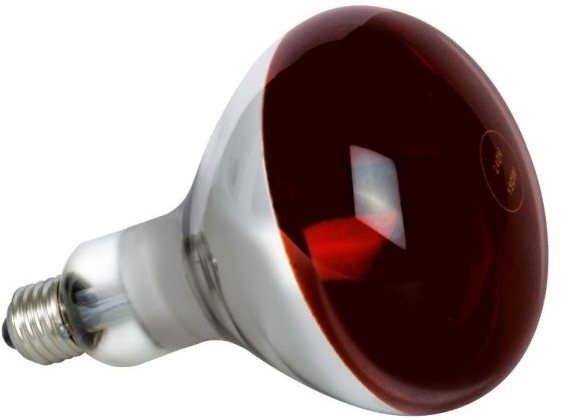
LED
Valued for long-term functionality (over 50 thousand hours). Now on sale there are special LED bulbs for lighting poultry farms. They work stably regardless of the ambient temperature regime - they do not fail even with a sharp temperature drop.Additional advantages: efficiency, resistance to negative external factors. They can be adjusted according to the degree of light intensity. The disadvantages include the high cost, but it pays off quickly.
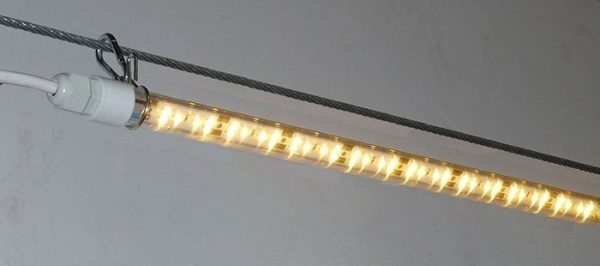

Luminescent
An equally practical option for poultry houses. They provide an even white light output. The service life is long. Their reliability is assessed at the highest level. It is inconvenient that disposal is required after failure. These lamps are mounted on the ceiling or walls.


Energy saving
Advantageous in terms of economical energy consumption. Allows you to adjust the required level of lighting. Among the shortcomings, they are distinguished - a high price, not environmental friendliness (contain mercury) and the need for destruction after failure. Many farmers have noticed that energy-saving lamps in poultry conditions work less than the period specified by the manufacturer.
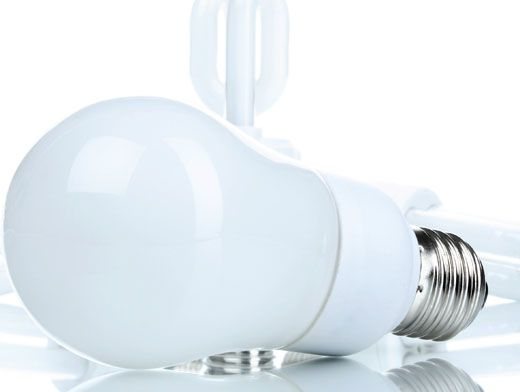

| A type |
|
|
Regarding the color of the lamps used in the bird house, it is worth explaining separately. It is optimal for the light to be white. If there is a possibility of introducing multi-colored illumination, then its effect on birds is taken into account:
- red - prevents chickens from biting eggs;
- orange - has a positive effect on reproduction;
- blue - has a calming effect;
- green - improves the growth and development of young animals.
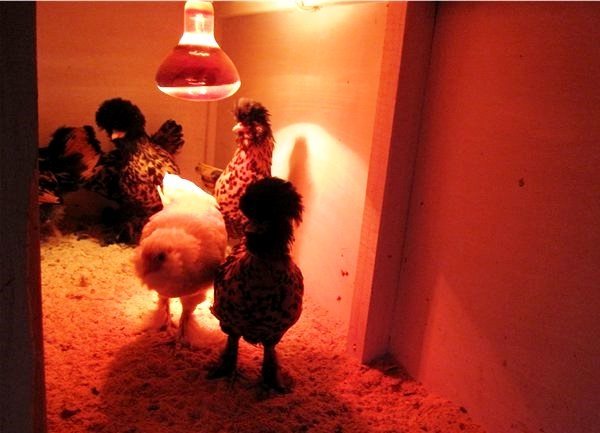

With an initially competent approach to equipping the chicken coop with winter lighting, you can not worry about the drop in bird productivity. In practice, the installation of lighting equipment is not as difficult as it seems at first glance. You don't have to be a professional electrician to do this - just follow the standard instructions.
Features of lighting a chicken coop in winter
In winter, light in the hen house is especially necessary: chickens do not walk in the wild and there is not enough light from the windows (if any), and the daylight hours in winter are much shorter. If there are windows, then it will be colder in the room in winter. Output - lighting devices in the chicken coop will have to be installed... It is desirable that they play two roles: a light source and a heat source.
Experts advise starting additional lighting with lamps from the second half of November. At this time, the molt is completed in birds. At about six o'clock in the morning, the lights turn on, and after sunrise it turns off. When dusk falls, the lights turn on again until nine o'clock in the evening.
Basic rules for the cage keeping of layers. Best Caged Breeds
To read
Methods for heating a chicken coop in winter. Rating of electric heaters and heating options without electricity
More details
Shelf life of laying hens - how long hens of various categories lay and how many eggs they can bring per year
Look
Breeding laying hens as a business for beginners. Organization and estimated profitability for the year
Further
Daylight hours and lighting schedule
Chickens, by nature, have poor vision in the dark, and therefore, with the onset of early twilight in winter, their period of active wakefulness is significantly reduced. And this negatively affects the productivity of birds.
Daylight hours for layers should be within 12-14 hours. Therefore, the light in the hen house in winter must be turned on: in the morning from 6 to 8, and in the evening - with the arrival of dusk and until 20.
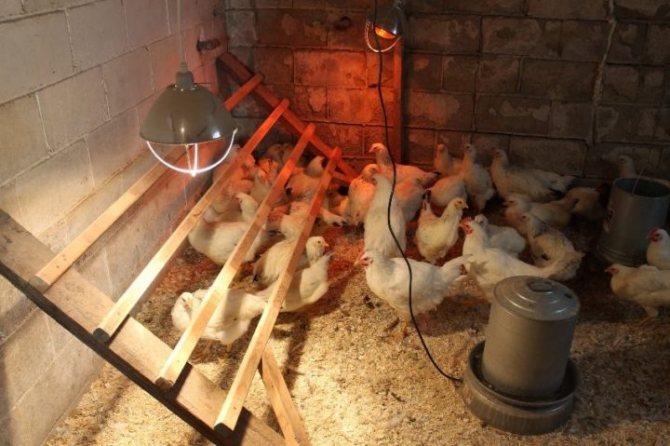

Lighting
This lighting schedule allows you to:
- keep egg production at a high level;
- increase the percentage of feed digestibility;
- prevent the development of diseases;
- reduce the likelihood of injury among chickens;
- speed up the molting process;
- reduce the amount of feed consumed;
- accelerate the puberty of layers and the start of laying.
In addition, many novice poultry farmers are wondering: or not to turn off the lights in the chicken coop at night or not? This must be done, since the birds should be able to fully rest and recuperate within 10 hours. The lights should be turned off after all the chickens climb up to roost, since they cannot do this in the dark.
Attention! Only with the observance of the regime of wakefulness and rest are pets able to reach the maximum level of productivity.
Light timer
Light timers, or time relays, are devices that automatically turn on the light at programmed hours. There are many types of such devices. They have different parameters and cost differently. But all of them are plastic monoblocks, on the front panel of which there is a control that allows you to program the device to turn on and off the lighting at a certain time.
Poultry farmers will use this gadget in order not to run to their feathered wards at sunrise, and so that the chickens are actively laying eggs.
Turning on and off the light will occur automatically according to the set program.
Benefits:
- can be inserted into the desired place into a regular outlet;
- you can simply set the program on and off at the required time;
- you can sleep well.
What lamps are suitable for a chicken coop?
The productivity of chickens also depends on what kind of light to use. In the course of observations, it was found that blue light calms birds, reduces aggression. Chicks develop faster when exposed to blue-green light, and red-orange promotes premature puberty.
Red light leads to a decrease in the egg production of chickens. But cases of cannibalism among birds are decreasing. Moreover, during the operation of red lamps, the most electricity is consumed.
Red light is ineffective
The number of lamps depends on the area of the room: there should be 60 watts for 6 meters in a square. Farmers use lamps with a flickering effect.
However, the intensity of the pulsation should not exceed 26,000 hertz, as this impairs the vision of the laying hens. In order for the lighting in the hen house to be uniform, the bulbs are placed at the same distance from each other.
Also, sodium lamps are installed in the room. They have a common cartridge consisting of two devices. Each of them has a power of at least 50 watts.
Include them both together and separately. The peculiarity of such a lamp is that the lighting covers the entire area of the chicken coop, the dark corners disappear.
Do not run electrical cables through the floor of the chicken coop. It is wet, so a short circuit can occur, which can be life-threatening for chickens. A shield is installed behind the perimeter of the chicken coop, which allows you to turn on and off the light. To prevent chickens from touching the bulbs, thick shades are used.
Installation locations
Lamps in a hen house should be installed in different areas, especially if the room is large. It is better to place the lamp under the ceiling, but not too high so that you can easily change a failed light source.
In the area where the feeders are located, the lighting should be brighter than in the place where the nests are installed. Laying hens feel more comfortable in a darkened corner. Also, dim lighting is required for the area where the birds rest.
When arranging lighting, it is worth covering the lamp with a shade to protect it from pollution and pecking by the inhabitants of the chicken coop.
Outcomes
We have covered the main pros and cons of additional lighting in the house during winter. Everyone has their own opinions about what is "right" or "wrong", so the decision should be made only by you.
Use what works best for you in your specific situation and does not contradict your beliefs.
Pay attention to our new product – universal farm incubator with a capacity for 1000 chicken eggs (or 840 duck, or 420 goose). It is a relatively small incubator with a lot of industrial incubator capabilities.
It could become the backbone of your independent business!
How to make lighting in a poultry house?
For poultry farms, poultry farms and more or less large farmers, our company produces and implements lighting systems for poultry houses of any type: using incandescent lamps, fluorescent lamps and LED lighting.
For household lighting in a small chicken coop, incandescent lamps are better suited, since in addition to lighting, they will also provide additional heat. But you can also safely use fluorescent or LED lamps. They will not provide additional heat, but will allow you to save on electricity. The only advice: avoid using lamps of different types at the same time! This can confuse the birds and make them nervous.
Turn on additional lighting only in the morning... If you turn off the lights in the evening, the chickens will not have time to settle on the roost and will be completely disoriented in the dark. Evening light should only go naturally.
Don't forget about safety. Incandescent more 60 watts do not use as it may cause a fire. The lamps should be positioned so that the chickens do not reach them. It is better that the lamps have an additional protective cover or casing.
Check that the lamps are constantly in working order, replace burned out immediately. If suddenly two days or more stop giving chickens additional lighting - they may start molt, which is highly undesirable in winter.
Make sure that there is no overcrowding in the coop, so that there is enough space for everyone. It is very simple to determine this - in crowded conditions, chickens begin to pluck each other's feathers.
Let's bird quality food - compound feed plus chalk additives, shell rock or crushed eggshells to replenish the calcium deficiency after laying the eggs. You also need plant foods - cabbage, herbs, apples, any other fruits, berries, vitamin and mineral supplements.
Industrial poultry enterprises always use additional automatic lighting in winter. But after 18 months, these hens are sent to slaughter, because from this age the number of eggs produced by the hen begins to decline steadily.
What light regime is needed for egg production in chickens?
Is intense light good for egg production? The goal of farmers when installing lighting is to accelerate the puberty of chickens. Indeed, at puberty, they begin to lay eggs. Egg production increases (up to 20 eggs per hen per month), but the number of small eggs increases.
Intermittent mode is the most optimal
The greatest sensitivity to light is observed at the age of 9-12 weeks. As a result, light stimulation begins during this period. If the young are reared under constant light, intermittent lighting is used at 5 months of age when egg-laying begins.

